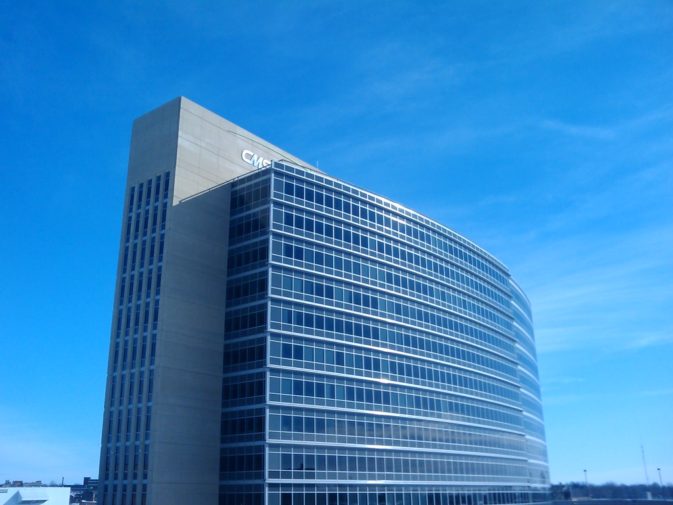Procrastination is as natural as breathing. Anyone who’s ever attended school has procrastinated writing a paper, studying for a test or filling out some problem sheets. However once we leave school, procrastination doesn’t stay behind the walls of education. Procrastination follows us throughout life, taking the form of unmowed lawns, unpaid bills and, if you’re Consumers Energy, a backed-up PURPA interconnection compensation queue totaling over 3 GW in capacity.
Much like someone starting on a 20-page paper due Wednesday at 11 a.m. the night before, Consumers has relayed to Michigan regulators that the company is simply “overwhelmed” by the 1,744 applications awaiting compensation in its interconnection queue.
Consumers has been feeling the pressure of this queue all year, requesting months ago that state regulators waive the timeline consumers is required to follow when reviewing the applications of interconnection projects waiting for rate compensation.
This request was met with resistance, led by Cypress Creek Renewables and Solar Energy Industries Association (SEIA). The two argued on behalf of projects already under development, some of which had two or more years of development already invested. State regulators agreed and denied Consumers its request on April 10.
On Thursday, Consumers filed a settlement with state regulators to place 584 MWac of renewable energy projects under contract by Sept. 1, 2023. Of this new queue of 584 MWac of contracted projects, Consumers would connect 150 MWac a year annually, so long as the company deems this process “commercially reasonable.”
Of those 584 MWac, 414 MWac will be awarded to qualifying facilities (QFs) at or below 20 MWac in the interconnection queue and agree to enter into purchase agreements at the energy + MISO PRA rate, a rate established by a previous regulatory decision. The remaining 170 MWac will be awarded to QFs at or below 20 MWac in the that agree to enter into PPAs at the full avoided cost rate, which was also established in a previous regulatory ruling.
So Consumers solution to a clogged interconnection queue roughly the size of the total installed capacity of the entire state of Texas to date is to bring on-line 150 MWac of renewable energy projects each year until 2023 or they become commercially unviable – whichever happens first.
150 MW of renewables annually is by non way ambitious. Consumers could easily accomplish much more renewable development annually. However, considering the company’s initial plan was to just eliminate the timeline for compensation, which would have undoubtedly caused a number of the waitlisted projects to go belly-up, the settlement is at least something. It does still appear more than anything else like an attempt to get off the hook by Consumers.
In the short term, it’s reassuring that some projects will finally get built and developers will get paid. However, are we sure Consumers will right the ship when dealing with future interconnection applications, or will the company be starting another midnight book report?
This content is protected by copyright and may not be reused. If you want to cooperate with us and would like to reuse some of our content, please contact: editors@pv-magazine.com.









By submitting this form you agree to pv magazine using your data for the purposes of publishing your comment.
Your personal data will only be disclosed or otherwise transmitted to third parties for the purposes of spam filtering or if this is necessary for technical maintenance of the website. Any other transfer to third parties will not take place unless this is justified on the basis of applicable data protection regulations or if pv magazine is legally obliged to do so.
You may revoke this consent at any time with effect for the future, in which case your personal data will be deleted immediately. Otherwise, your data will be deleted if pv magazine has processed your request or the purpose of data storage is fulfilled.
Further information on data privacy can be found in our Data Protection Policy.